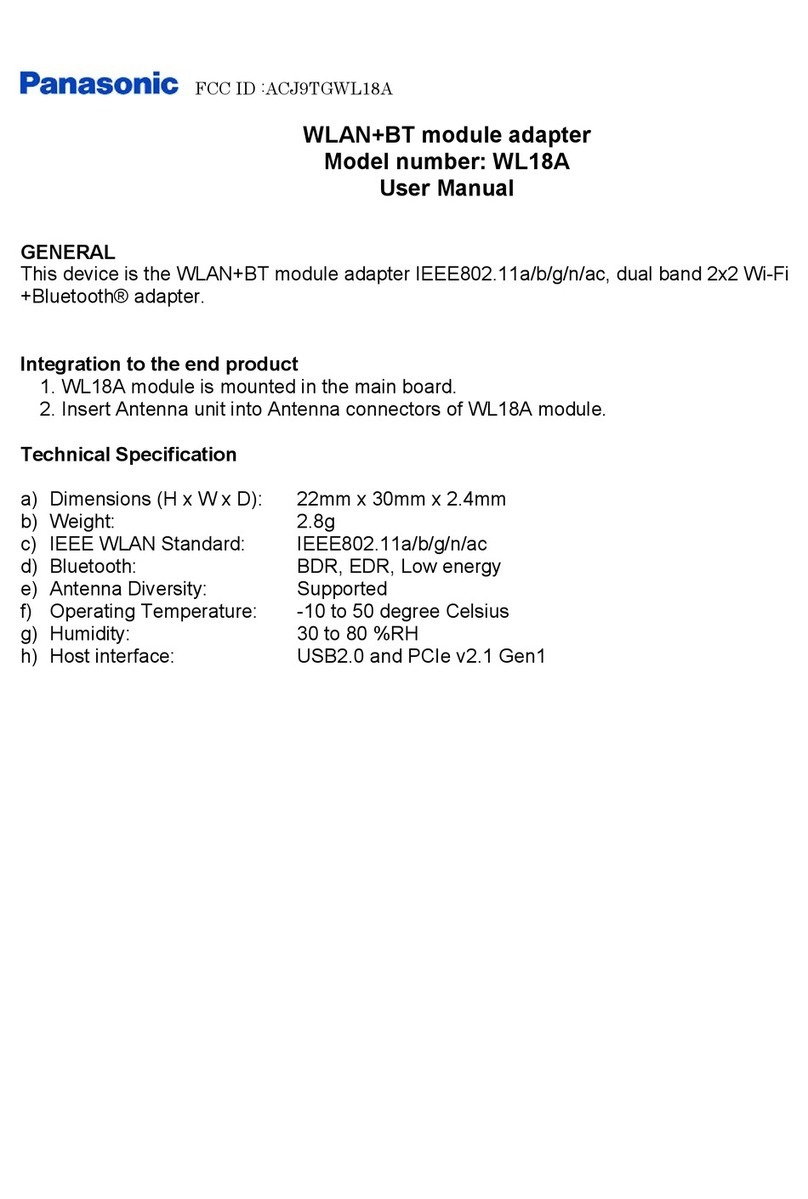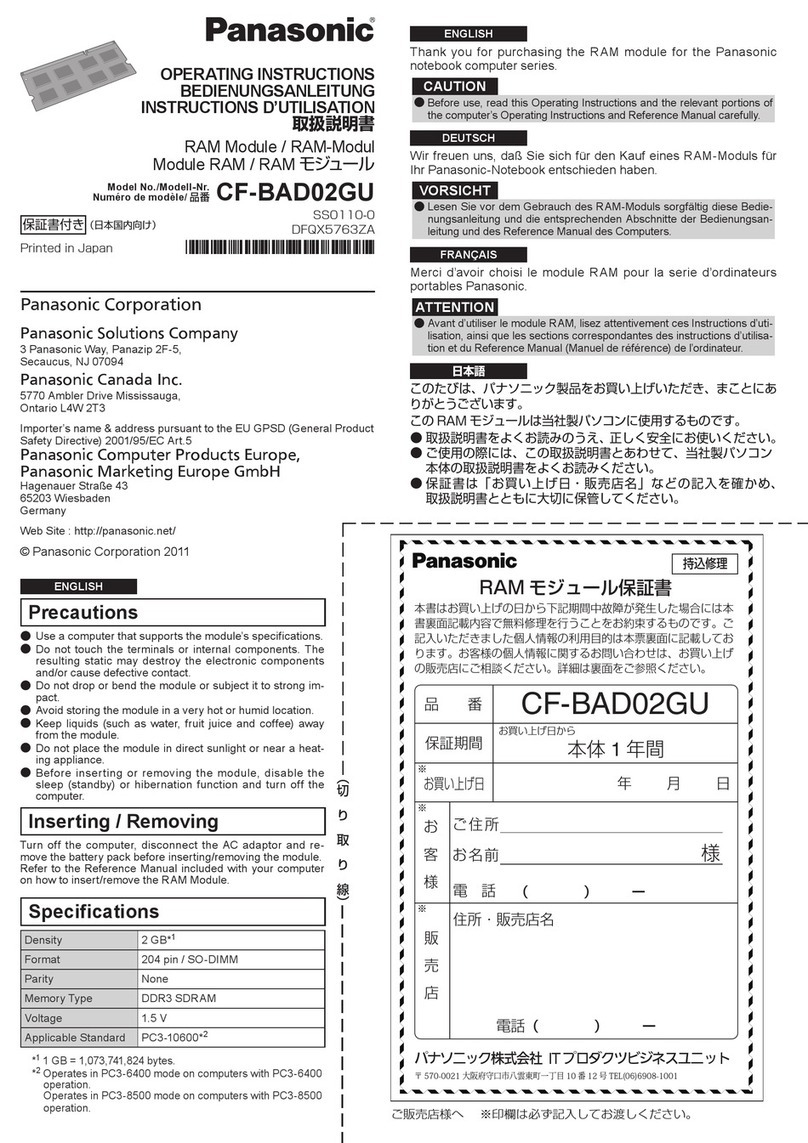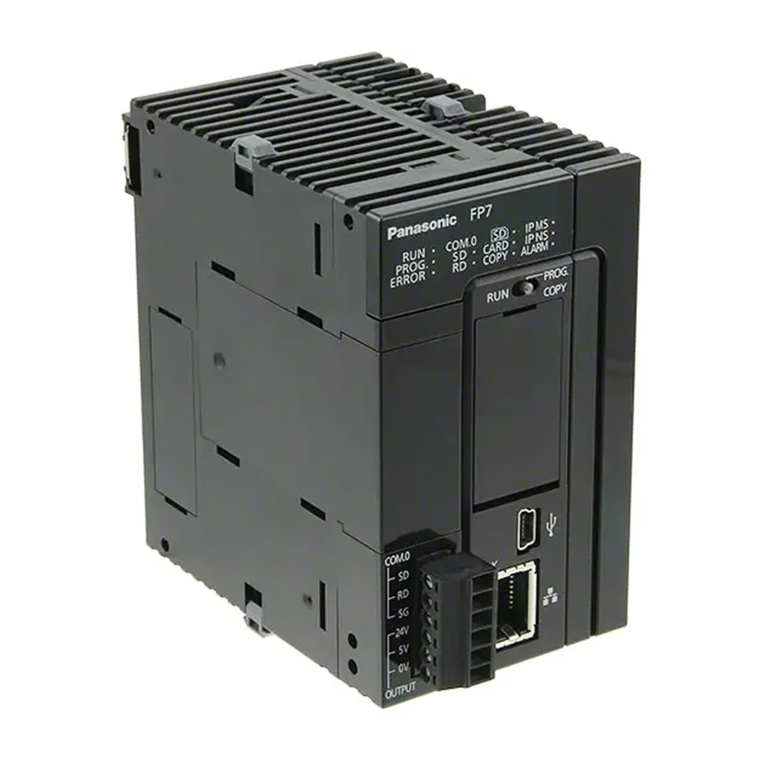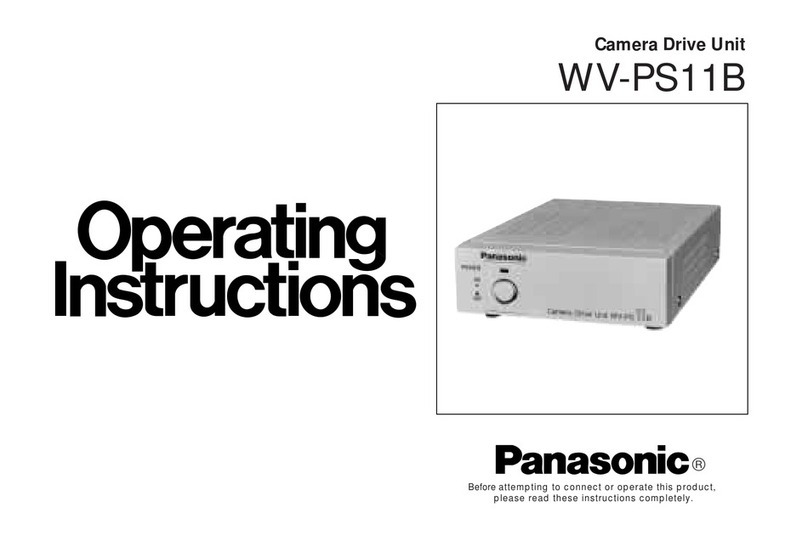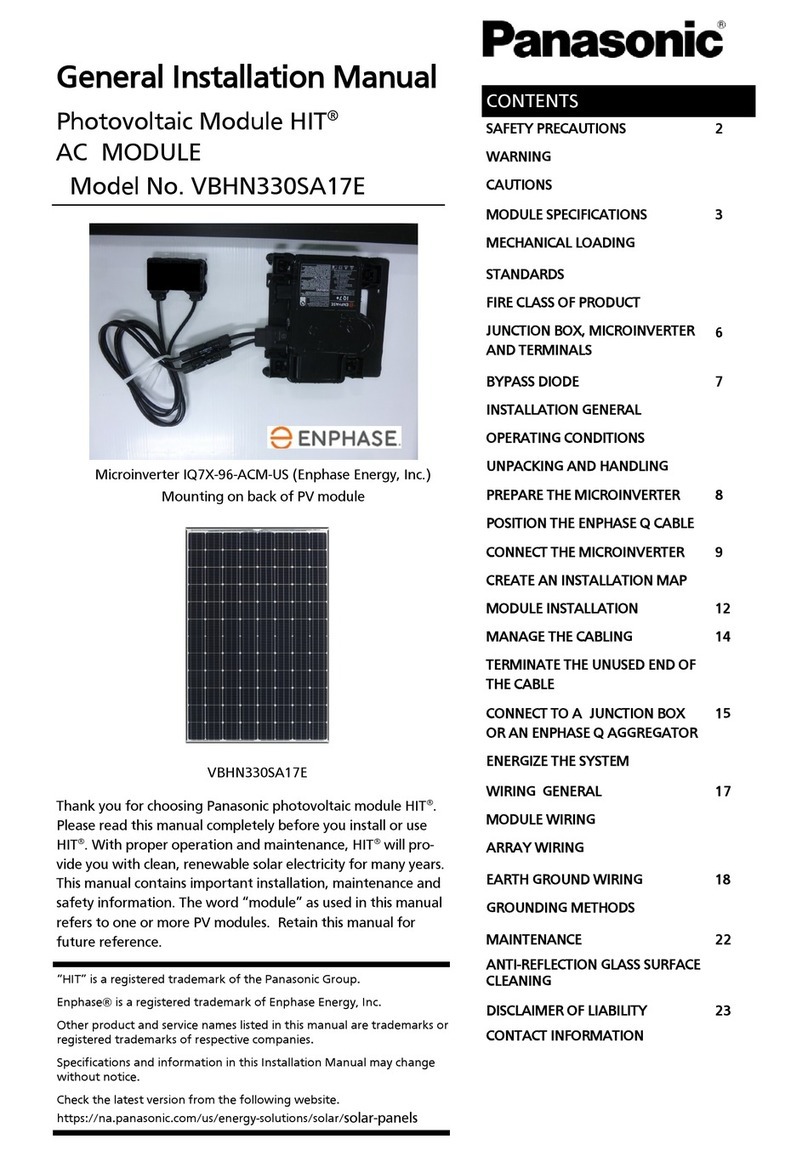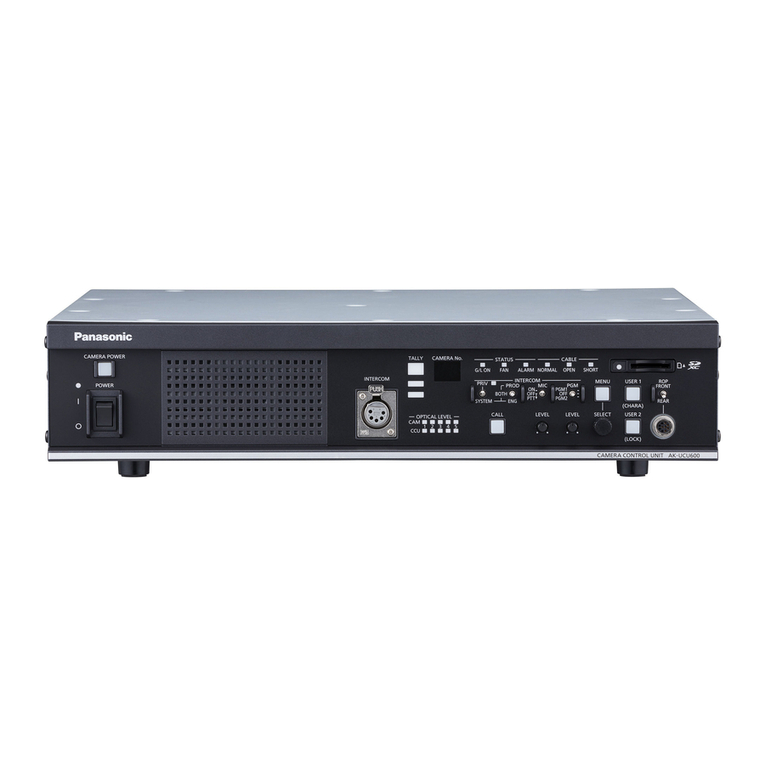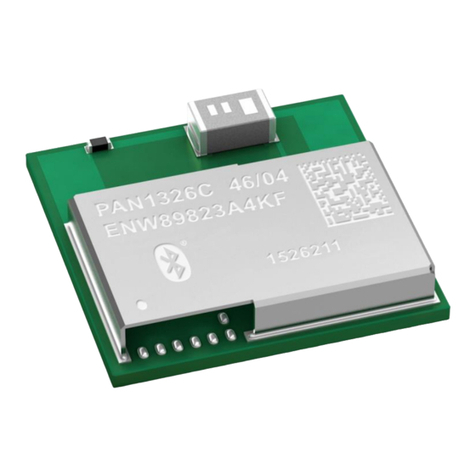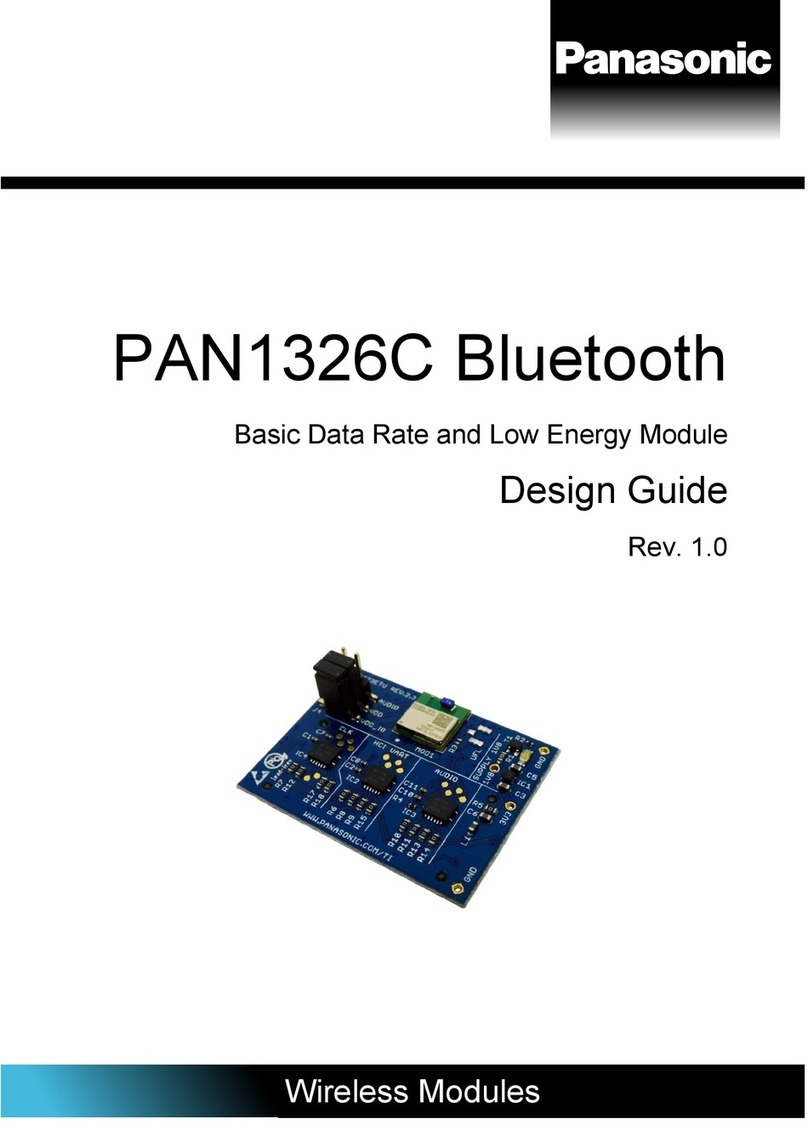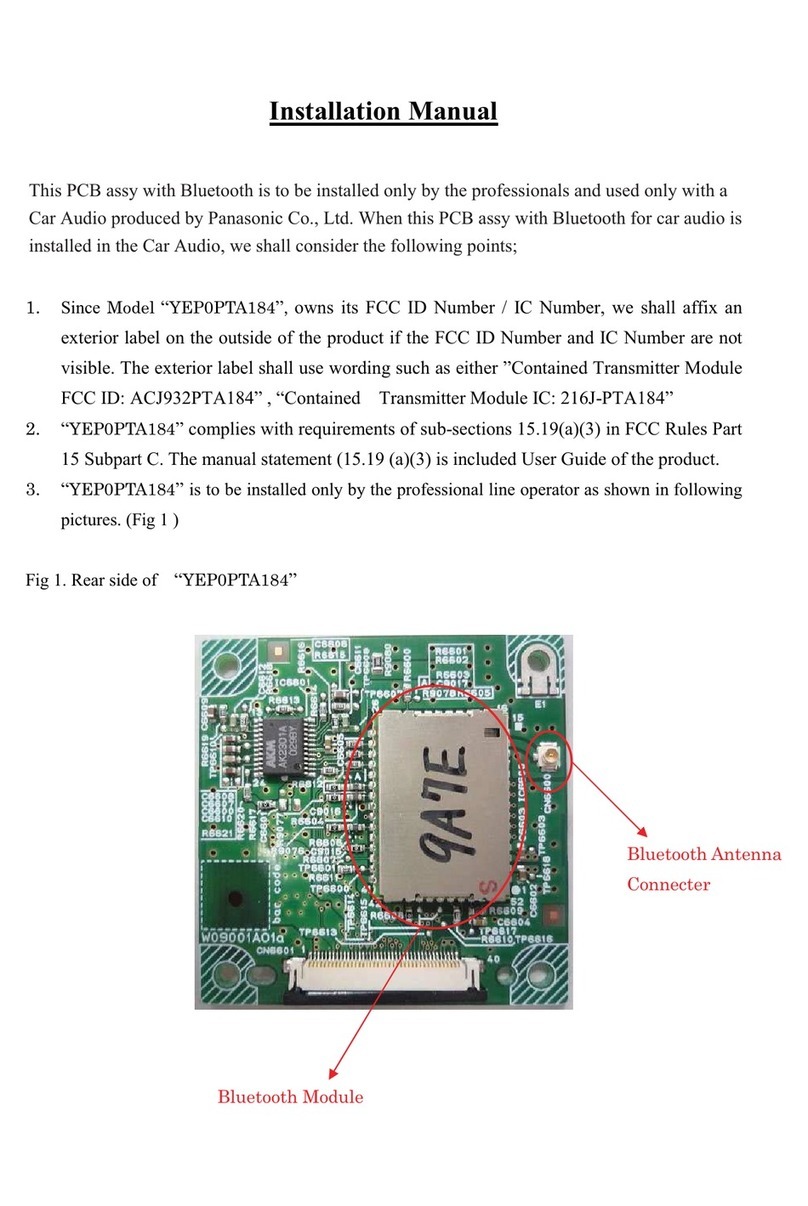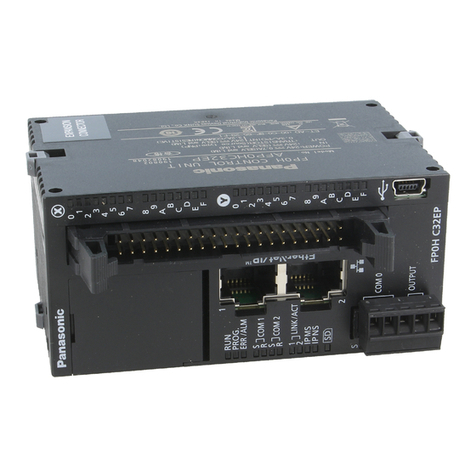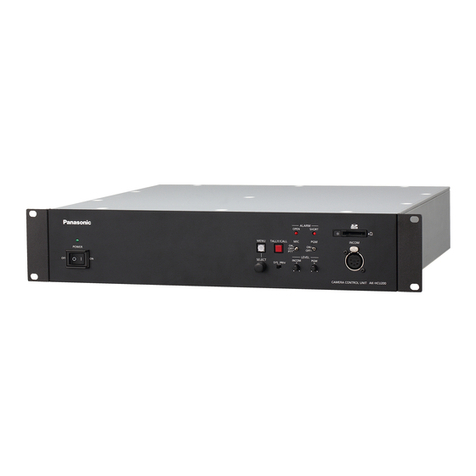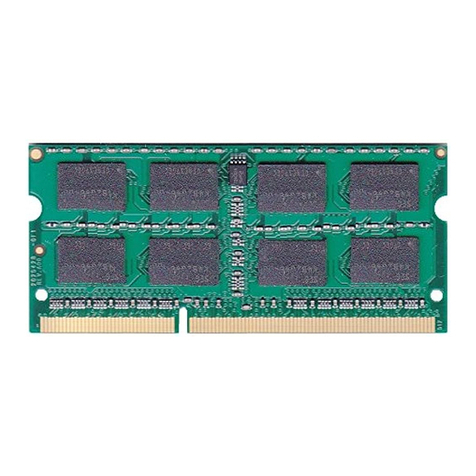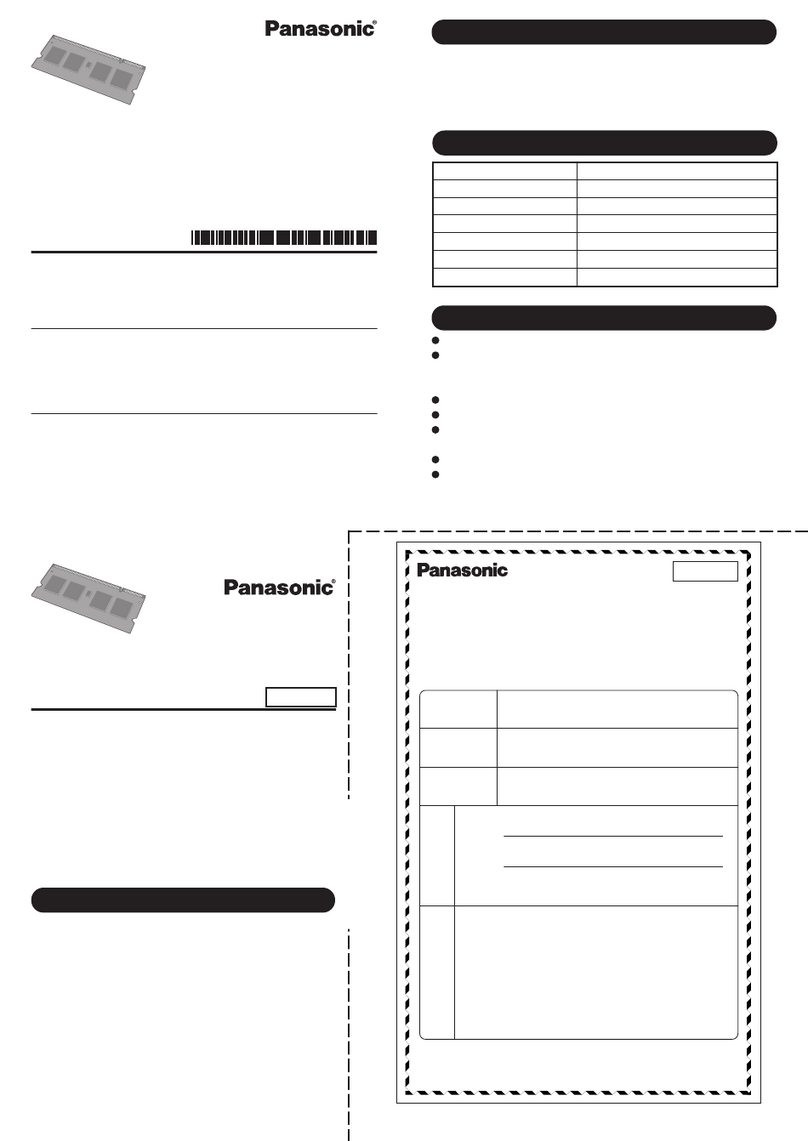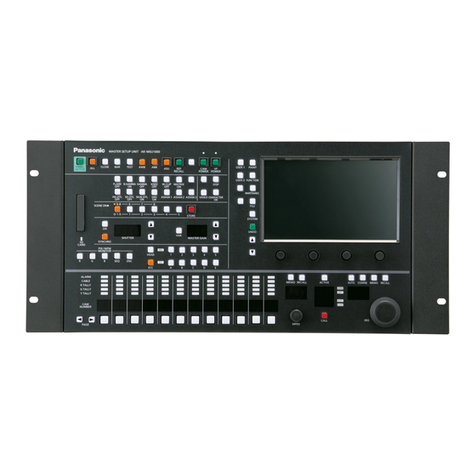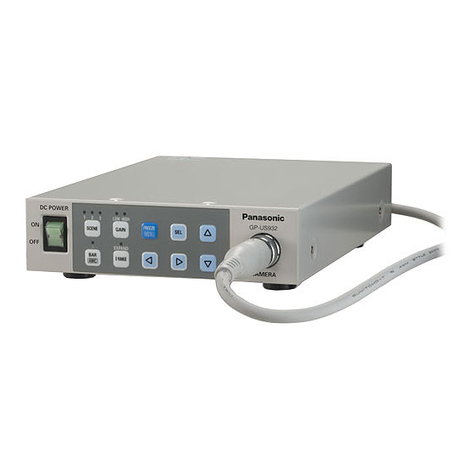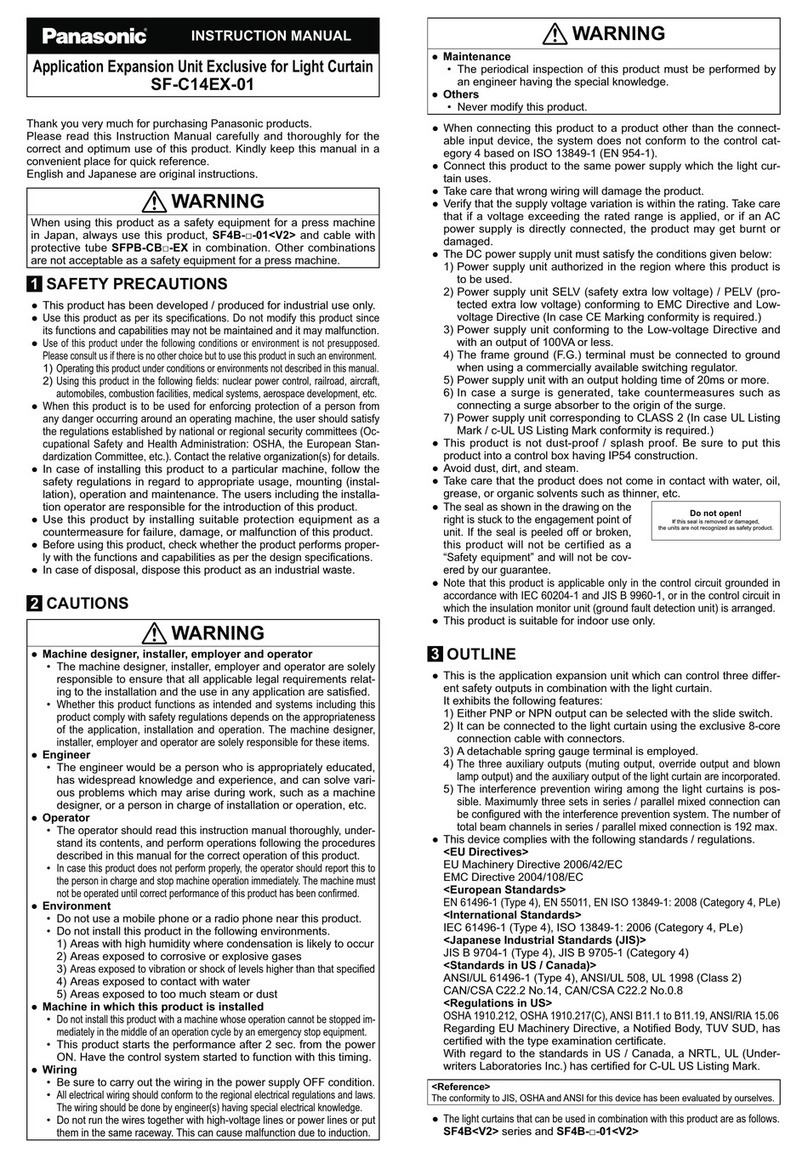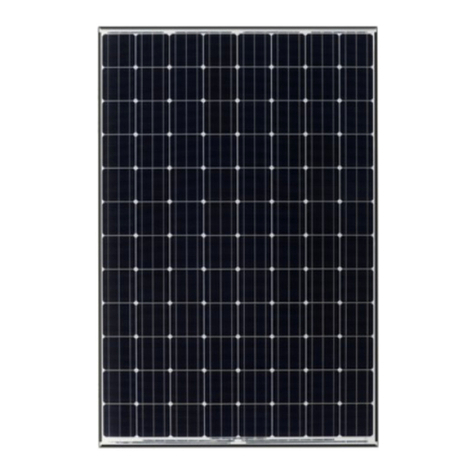
3
1. Safety Precautions
zBefore conducting installation or electrical work, be sure to carefully read these” Safety Precautions”.
Follow instructions exactly in all installation or electrical work.
zThe following symbols used in this manual, alert you to potentially dangerous conditions to users,
service personnel or the appliance:
zBe sure to arrange installation at the dealer where the system was purchased or use a
professional installer. Leaks, electric shock or fire may result if an inexperienced person performs
any installation or wiring procedures incorrectly.
zInstallation should be performed exactly according to the “Installation Instructions”. Electric
shock or fire may result if an inexperienced person performs any installation or wiring procedures
incorrectly.
zOnly a qualified electrician should attempt to install this system, in accordance with the
provisions of “Installation Instructions”.
Be sure to use a dedicated electrical circuit. Insufficient electrical circuit capacity or inadequate
workmanship may cause electric shock or fire.
zAlways use a dedicated branch circuit for electrical wiring. Do not use with any other electric
devices. Use with other electric devices may result in circuit breaker breaks.
zUse the specified cables (type and wiring diameter) for the electrical connections, and securely
connect the cables. Run and fasten the cables securely so that external forces or pressure placed
on the cables will not be transmitted to the connection terminals. Overheating or fire may result
if connections or attachments are not secure.]
zInstall so that even if cooling gas leaks into the room, it will not exceed the limit density of
0.3kg/m3, in accordance with the standard for facility air conditioning equipment (S0010). If it
does exceed the limit density, install an opening in a neighboring room, or install ventilation
equipment triggered by gas leak detection sensors. Suffocation can result if cooling gas leaks and
exceeds the limit density in a small room.
zInstall in a location that is fully strong enough to support the weight of the equipment. If it is not
strong enough, the equipment may fall, resulting in injury.
zPerform installation that is secure enough to withstand earthquakes, and typhoons and other
strong winds. Incorrect installation can result in falling equipment and other accidents.
zVentilate the work area if cooling gas leaks during installation. Poisonous gas can result if cooling
gas comes into contact with fire.
zAfter installation of cooling pipes, perform a nitrogen gas sealing test to check that there are no
leaks. Poisonous gas can result if cooling gas leaks into the room and comes into contact with a
fan heater, stove, range, or other source of fire.
zWhen handling cooling gas, be careful not to touch the cooling gas directly. Frostbite injuries can
occur.
zDo not install the system in locations where flammable gas can be generated, enters, build up, or
leak. Do not install in locations where volatile inflammable materials are handled. Flammable
gas or inflammable materials may ignite, cause fires.
zBe sure to ground equipment properly. Do not attach ground wires to gas pipes, water pipes,
lightning arresters, or telephone ground lines. Failure to ground completely can cause electric
shock.
zAlways install an earth leakage breaker. Failure to install an earth leakage breaker can cause
shock and fires.
This warning mark indicates that
“A possibility of serious injury or
death exists”.
Warning This cautionary mark indicates
that “A possibility of injury or
dama
e to
ro
ert
exists”.
Caution
Warning
Caution

